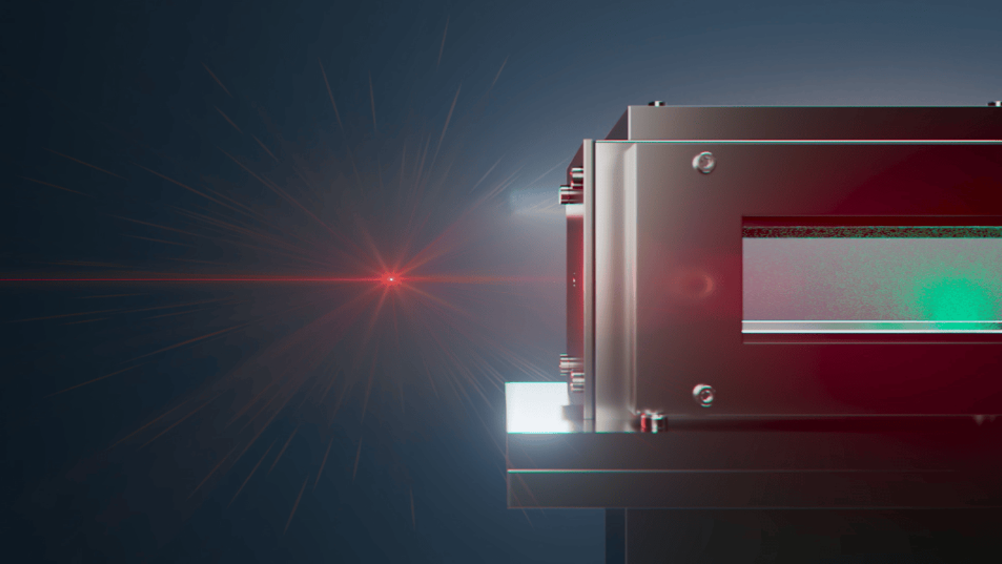TAU Systems launches beamtime-as-a-service lab
TAU Systems, a US company offering beamtime-as-a-service via its ultra-fast compact laser-plasma accelerators, is opening TAU Labs in California following a $20m fund raise.

Based in Carlsbad, TAU Labs will be available for commercial customers as well as public institutions, with first applications focusing on radiation testing for space electronics and other environments, plus other applications using ultrahigh power laser, electron, or x-ray beams.
TAU said its technology offers ‘unprecedented access’ to ultrafast, high-energy particle beams in a compact form, offering ‘transformative potential’ for applications across advanced imaging, materials science, and high-energy physics.
“This investment is a major step forward for TAU and for advancing the future of radiation testing for space applications,” Bjorn Manuel Hegelich, CEO and Founder of TAU Systems said in a statement. “With the launch of TAU Labs in Carlsbad, California, our first private laser accelerator centre, we can now offer Beamtime-as-a-Service specifically tailored for space radiation testing, as well as x-ray imaging, metrology, and medical research.
"Our laser-driven accelerator technology enables precise, repeatable, and customisable radiation environments that help aerospace companies, satellite developers, and defence agencies and space centres, such as DARPA and NASA’s Jet Propulsion Laboratory, to validate and harden their systems. We’re excited to provide the space industry with faster, more flexible access to the radiation testing capabilities they need, without the wait times of traditional facilities.”
Register now to continue reading
Thanks for visiting The Engineer. You’ve now reached your monthly limit of news stories. Register for free to unlock unlimited access to all of our news coverage, as well as premium content including opinion, in-depth features and special reports.
Benefits of registering
-
In-depth insights and coverage of key emerging trends
-
Unrestricted access to special reports throughout the year
-
Daily technology news delivered straight to your inbox










UK Enters ‘Golden Age of Nuclear’
The delay (nearly 8 years) in getting approval for the Rolls-Royce SMR is most worrying. Signifies a torpid and expensive system that is quite onerous...